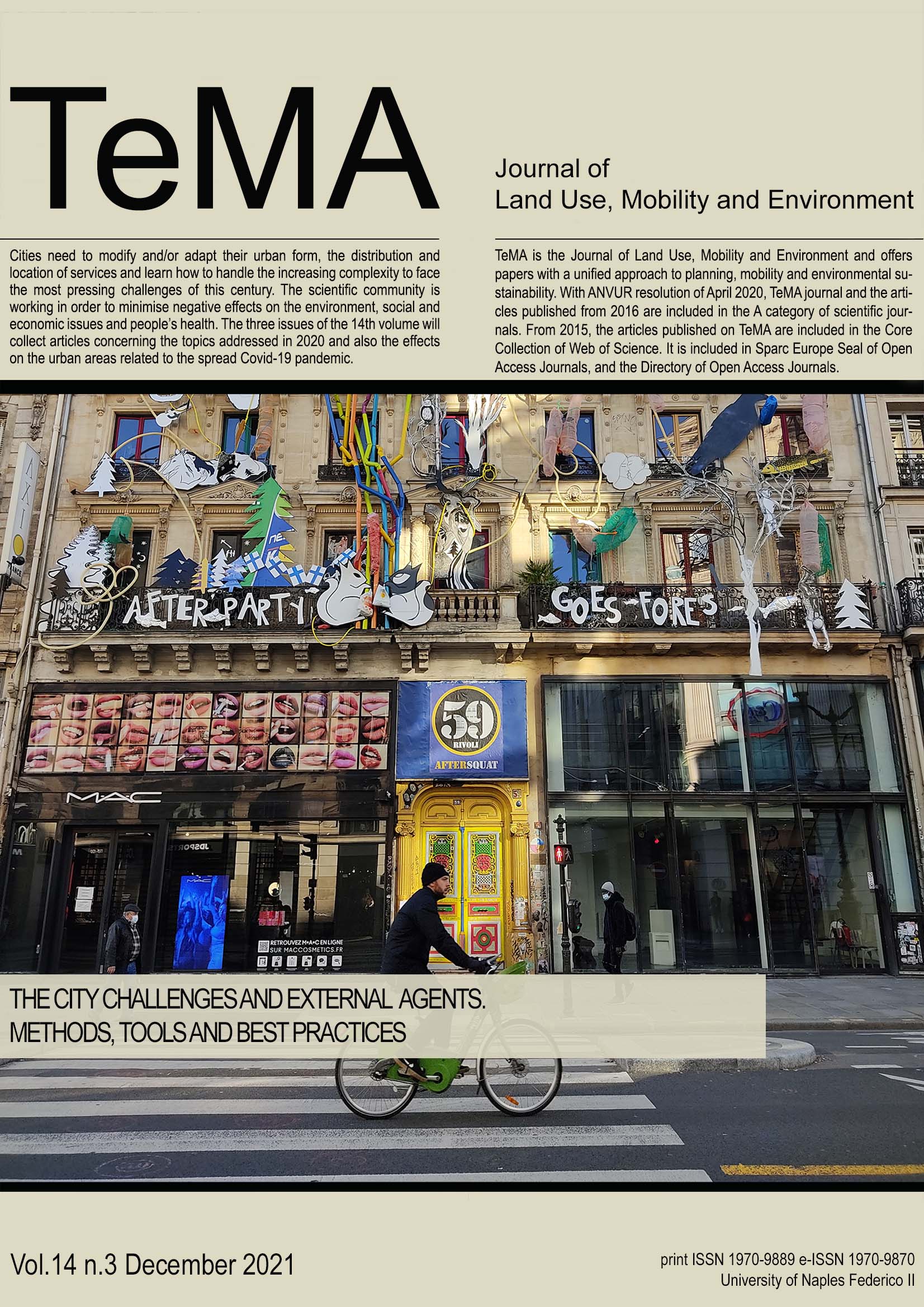Investigating the side-effects and consequences of the formation of second homes in Alamut rural areas, Central Alborz of Iran
DOI:
https://doi.org/10.6093/1970-9870/7932Keywords:
Rural second home, Alamut rural area, Reverse migration flowAbstract
Rural out-migration is one of the most critical issues in all countries. This flow increases the rural decline, and in many cases, causes rural abandonment. But against our imaginations, there is also a reverse flow from cities to villages. In the Alamut region in central Alborz of Iran, some villages attract populations by the reverse migration flow. This temporary flow forms a new type of housing in the rural areas called “second home”. The analysis of second home appearance is the main issue in this article. We used surveys method from locals and field observation in eight villages of the eastern Alamut area. The QSPM (Quantitative Strategic Planning Matrix) matrix is used for analyzing observation and side-effects of second homes in the short-term and long-term. The result showed that second homes in these rural areas have different side-effects. Low skill employment creation, temporary increase of local consumers, rural re-novation cost, and second home owner’s participation in agriculture activities are the positive effects. But there are also some negative impacts like; seasonal and low-income jobs, destructive impacts on the environment, erosion of natural resources, and increasing demographic instability. This phenomenon has positive impacts in the short-term and negative consequences in the long-term. The approaches for decreasing the expansion of second holiday home and using the positive implications of this phenomenon for developing the rural areas would be explained in this paper.
Downloads
Downloads
Published
How to Cite
Issue
Section
License
Authors who publish in this journal agree to the following:
1. Authors retain the rights to their work and give in to the journal the right of first publication of the work simultaneously licensed under a Creative Commons License - Attribution that allows others to share the work indicating the authorship and the initial publication in this journal.
2. Authors can adhere to other agreements of non-exclusive license for the distribution of the published version of the work (ex. To deposit it in an institutional repository or to publish it in a monography), provided to indicate that the document was first published in this journal.
3. Authors can distribute their work online (ex. In institutional repositories or in their website) prior to and during the submission process, as it can lead to productive exchanges and it can increase the quotations of the published work (See The Effect of Open Access)


